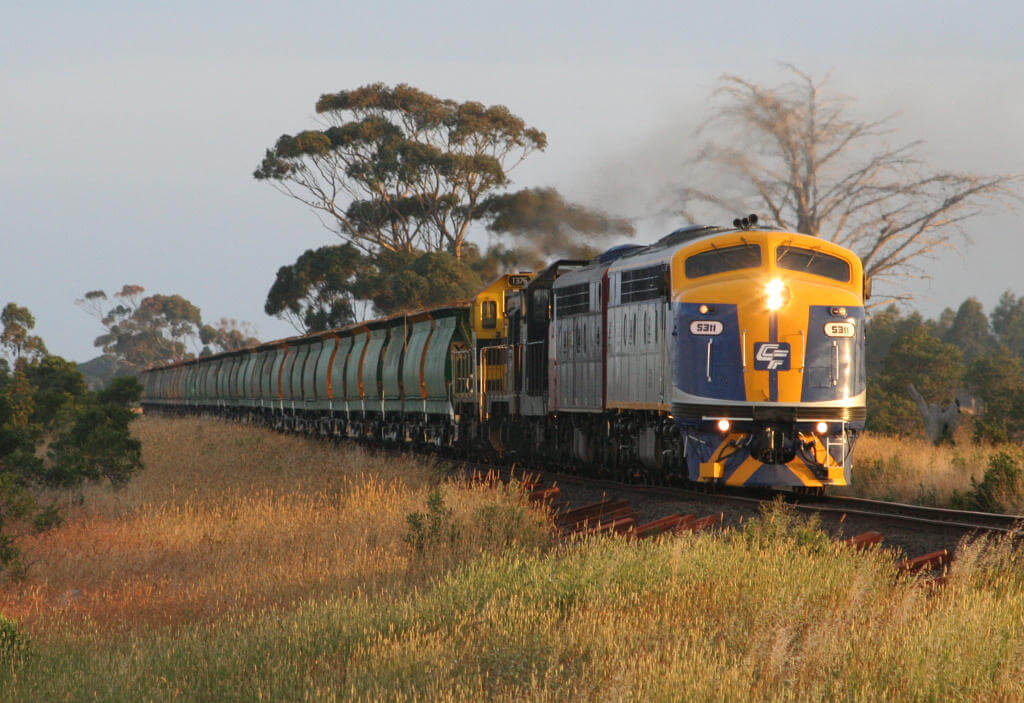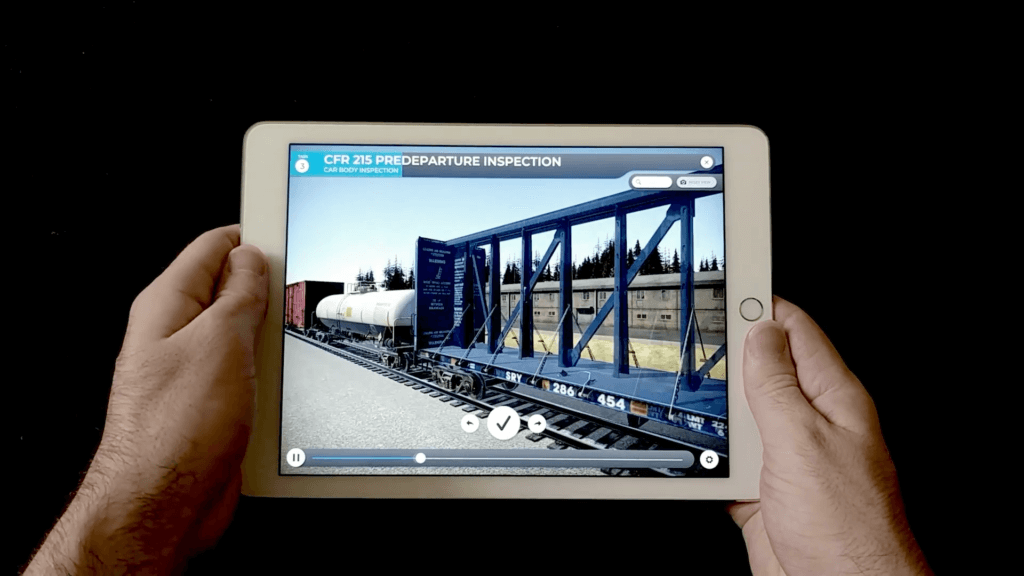Railroads Re-prioritizing Asset Management Efficiencies to Restore Service Rapidly
In this three-part series, we’re exploring railroads’ shifting priorities as they work to keep operating ratios in check for shareholders and improve service for customers. We’re sharing ways they can get ahead of these rising costs as they seek to restore service to pre-pandemic levels.
In the first part of our series, we explored labor shortages in How Railroads are Restoring Service with Simulation Training. For this article, we’re continuing the conversation with a deep dive into the asset management side of things.
Asset Management in a Nutshell
 It’s a given that the more assets a business has, the more expensive it is to operate. And in the realm of PSR (Precision Scheduled Railroading) there are new asset allocation challenges to consider. And this is true even in instances where asset numbers remain static, or where they aren’t necessarily increasing significantly.
It’s a given that the more assets a business has, the more expensive it is to operate. And in the realm of PSR (Precision Scheduled Railroading) there are new asset allocation challenges to consider. And this is true even in instances where asset numbers remain static, or where they aren’t necessarily increasing significantly.
Here’s why: With timelines for the use and service of equipment extended beyond typical norms, railroads are walking a fine line to balance safety protocols and equipment maintenance schedules. Railroads need to ensure that workers are optimally trained and checking all of the safety regulation boxes in an expanded PSR-driven environment. And a significant part of that criteria includes equipment checklists. This requires having workers attuned to not only safe operation of these assets, but in spotting areas requiring maintenance or repair. It’s a tall order, but not an impossible one. In fact, it’s something many railroads are meeting head-on, which we’ll detail in a moment, but first a bit more about maintenance and repair as line items.
Maintenance & Repair Expertise in Railroading
Locomotive and freight car maintenance and repair are huge line items on any railroads’ balance sheet. These assets are necessary to generate revenue, however the cost of inefficient maintenance and repair leads to an increase in the total number of assets required to operate a railroad.
And reduction in system velocity just results in increased costs, so maintaining current levels is a must. But doing so safely is a concern, as the worst case scenario can result in not only unnecessary delays, but also potentially derailments and even possible public harm. This requires enhanced maintenance schedules to ensure this side of the PSR equation exceeds typical safety requirements, as the nature of PSR demands it.
Previously, railroads could take cars out of storage or add locomotives as needed, but with assets stretched nearly as thin as the workforce, ongoing concerns around service, and maintaining the cost structure of PSR, this is no longer a viable option. Rethinking this side of railroading is a must.
And who is responsible to maintain the equipment? The same employees who are tasked by CFR 243 to comply with an increasingly long list of FRA compliance requirements. And they’re doing so admirably well. But with railroads dependent upon a craftsperson’s specific expertise, retaining that knowledge and passing it down to others rapidly is crucial. It can mean the difference between safe and less stable operations, not to mention reduced dwell times. And it also serves as a prime indicator of future market competitiveness.
Class 1 locomotives cost more than $1M dollars each and their impact on the operation is second to none. Simply put, you can’t move cars without locomotives. You certainly don’t want to move cars with a defective locomotive because that not only stops the cars being pulled, it also stops other cars on the main line.
With enhanced training programs, both operators and managers can be experts in multiple capabilities – and on both cars and locomotives.
Simulation Trainings Include Equipment Checklists
 Although they are traditionally two separate work groups, QMI provides the opportunity to begin the consolidation to one. This is not eliminating one craft or the other, but rather a combination of the two, creating a new class of master craftsman that are invaluable to a railroad’s operation.
Although they are traditionally two separate work groups, QMI provides the opportunity to begin the consolidation to one. This is not eliminating one craft or the other, but rather a combination of the two, creating a new class of master craftsman that are invaluable to a railroad’s operation.
With virtual visualization tools, for example, safety is significantly enhanced as workflows and expertise are captured and systematized – and transmitted to all workers for training refreshers that can happen anytime and anywhere. Sims build both reactive and subconscious memory response via deliberate practice of a variety of scenarios. And this includes practice responding to extremely dangerous and uncommon situations that trainees would never encounter – and certainly never practice responding to – until an emergency strikes.
These tools can even be baked into a daily process, which will get workers up to speed in safe operations much faster than anticipated. Currently, we’ve partnered with railroads offering not only simulations, but also virtual interactive guides. These guides act as a resource and are available to workers as a refresher via easy-access databases available on-demand. And periodic check-ins that can confirm mastery and ensure staff are up-to-date offer significantly enhanced safety. All of this equals an expertly and expediently trained crew, and this is crucial as the STB has made it clear that clock is ticking for railroads.
Data-focused virtual tools allow your workforce to have a better handle on operation needs and a more nuanced understanding of assets under management.
With it, they can know the real-time status of every locomotive and car, removing the need for large numbers of backup equipment required to have on hand ‘just in case.’ Overall, with proficient and accurate management, the number of assets will decrease and the operating ratio will go down correspondingly. This may seem obvious, but if it hasn’t been on the radar before, business as usual with excess on the asset management side is the typical go to.
To put a finer point on things, we can see this concept in action by way of our Pre-departure Inspection sim.
And this one example not only helps keep cars in order, it can also head off Harmonic Rocking, which can lead to derailment if left unchecked.
At the end of the day, the tenets of PSR are solid and should apply equally to employee training and asset management – why overdo something when efficiencies are better for everyone, and for the bottom line? Continuing to move forward, armed with the latest training technology, is an intuitive next step. We’ll speak more to how this mindset is shifting in our final piece of this series.
Be sure to check back for it – and contact us to learn more about how these sims are helping our partners better manage their assets, and their operations as whole!


